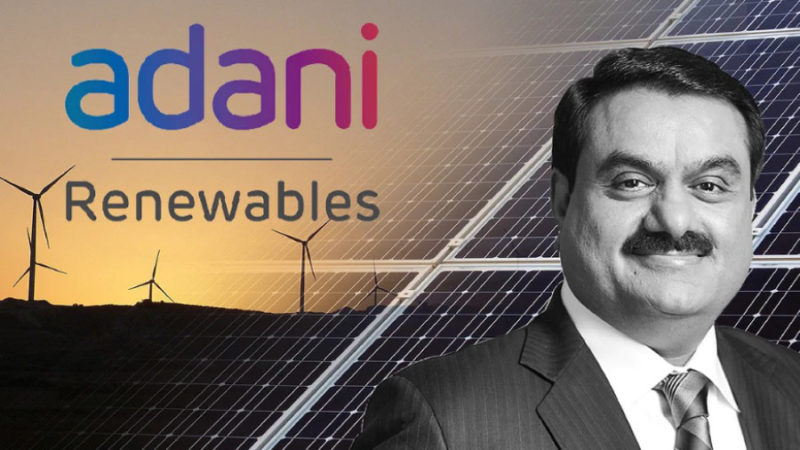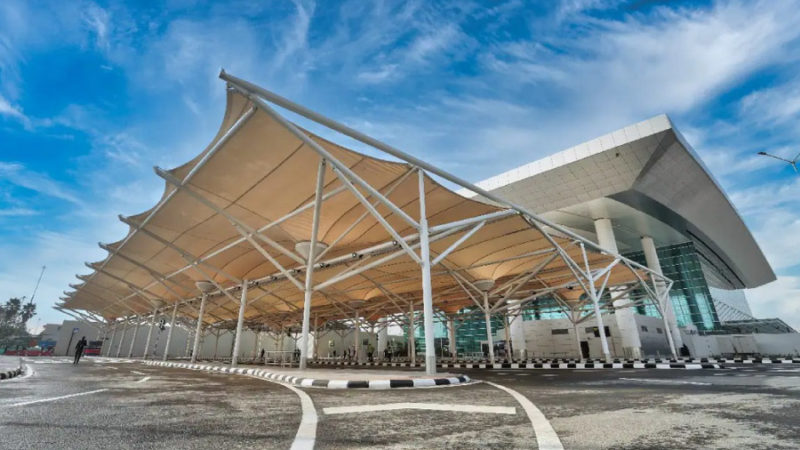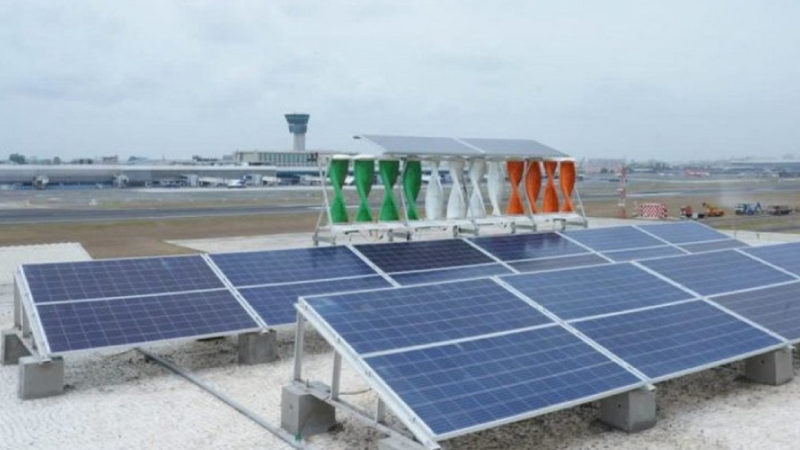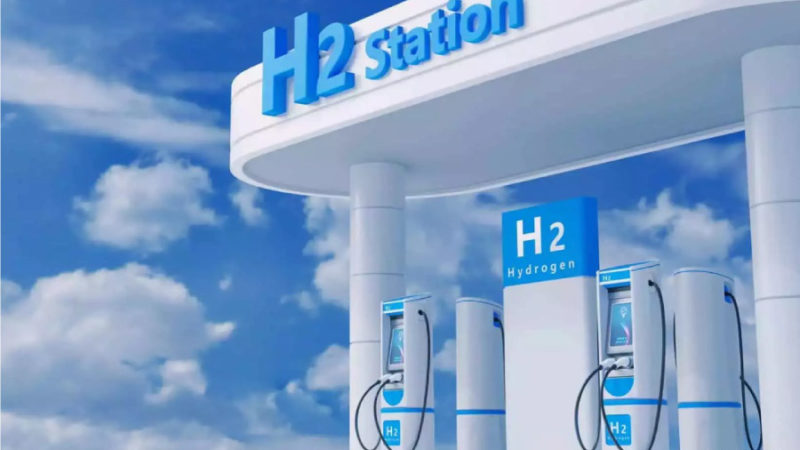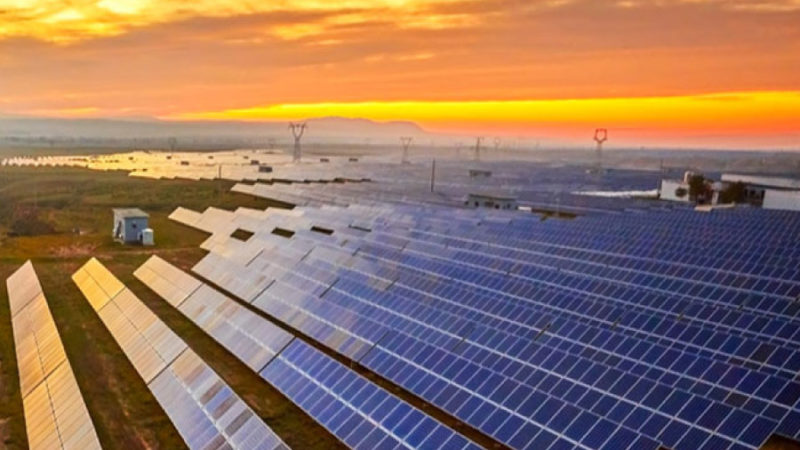India can halve the electricity costs and reach net zero before 2050: Wärtsilä
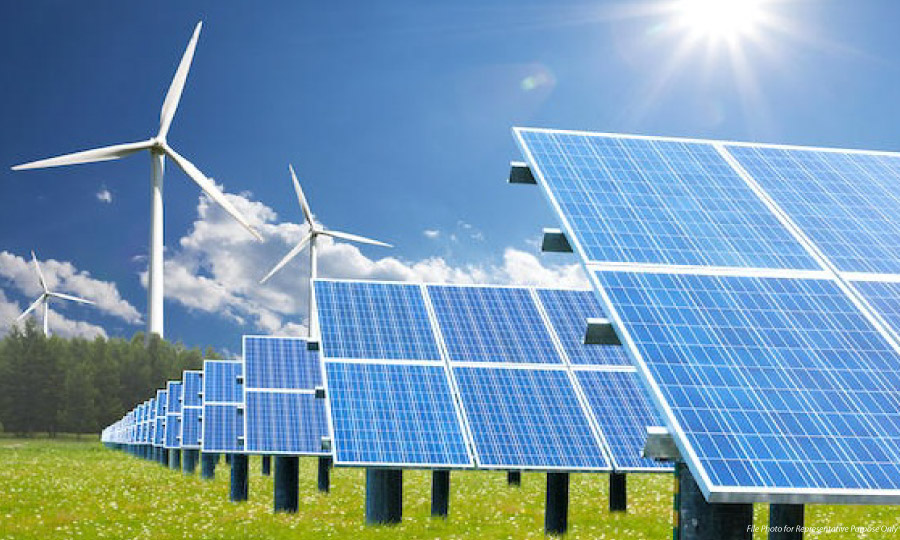
The modelling demonstrates for India, a net zero electricity system that has enormous environmental and economic benefits…
According to modelling by Wärtsilä and the Finnish Lappeenranta-Lahti University of Technology, India could slash its electricity costs by half and reach net zero by 2050 by deploying a 100% renewable energy system.
Using this model, India, one of the world’s largest and fastest growing economies, can achieve a net zero electricity system that has enormous environmental and economic benefits:
- Increasing India’s share of renewable energy from 25% currently to 100% before 2050 will result in power costs that are 48% lower, dropping from $88 USD per megawatt hour in 2020 to $46 USD in 2050.
- India’s growing energy dependency, forecast to double by 2030, can be addressed with a flexible, 100 percent renewable power system.
- Additionally, increasing renewable energy could produce an additional $39.8 billion in revenues from hydrogen production.
The modelling clearly illustrates the need for immediate action to accelerate the deployment of 100% renewable energy in India. In the coming decade, India will be able to reduce its carbon emissions by drastically and halve the overall cost of its electricity by combining variable renewable power with energy storage and thermal balancing power plants.
Sandeep Sarin, Market Development Manager for India, Wärtsilä Energy, and co-author of the report, said, “This year, India will become the world’s fastest growing economy. Our modelling shows a path to a clean power system that will catalyse India’s transformation into a global clean energy powerhouse; lifting millions from poverty, creating new jobs, insulating the system from energy shocks and simultaneously playing a vital role in limiting global temperature rises to below 1.5°C.“
He further added that “India has a mountain to climb in re-configuring its energy system for net zero, but it’s certainly possible with technologies that are already available at scale. With the right vision and planning, India can leapfrog developed nations into a sustainable future, but we must act now, before it’s too late.”
A new Wärtsilä report, ‘Front-loading Net Zero,’ provides clear guidelines for India’s decarbonization effort.
- In order to attract investors, set ambitious clean energy goals over the long term.
- Increasing regulations on climate change for companies including mandating that consumers and power producers use renewable power sources at least to meet a certain percentage of their need.
- Increase the share of renewables by strengthening flexible solutions such as thermal balancing power plants and battery storage.
- Introduce an incentive program for the production of electrolysers (since capital costs account for 30% of the cost of green hydrogen) and establish new demand centers capable of developing and transporting green hydrogen cost-effectively.
In addition to demonstrating a path towards affordable clean energy transformation, the modelling also highlights the challenges of cleanly meeting energy demand as India’s population rises to around 1.7 billion by 2050.
According to estimates, the electricity demand will have increased by 340% by 2050 – from 1,345 TWh in 2020 to 5,921 TWh in 2050, with a peak demand of 1,023 GW. According to the modelling,India could easily meet this demand with renewable energy, thanks to the low price of solar energy, averaging around $26 USD per MWh, that falls among the world’s lowest solar energy prices.
The capacity of the system must however be scaled up to an unprecedented level in order to meet this increased load during midday peaks and to charge energy storage resources such as batteries to compensate for intermittent renewable energy production. For this it is required that;
- A 100% renewable system that will require 4,000 GW of installed capacity, a tenfold increase over 2020.
- Solar installations must increase by 885%, from 7 GW a year today to 69 GW a year by 2035, and to 79 GW a year between 2035 and 2050. Thus, by 2050, solar would make up 76% (3,076 GW) of total capacity.
- In addition, by 2050, wind will also be able to power some 410 GW of capacity, paired with hydroelectricity and carbon neutral gas.
The modeling by Wärtsilä infers that flexibility through energy storage is important for achieving a cost-optimal renewable baseload system – the ability to shift generation between times when renewables are available during the day and times when they are not during the evening and night. The use of thermal balancing power plants coupled with battery storage is also necessary to cope with sudden drops in renewable energy production.
In order to support a 100% renewable energy system in India:
- By 2050, energy storage capacity must increase from almost zero to 99 TWh.
- Indian storage capacity should cover 35% of demand by 2050, with batteries providing 99% of that capacity.
- There is a need for 187 GW of fast-start load-following gas engines to balance the grid rapidly.
In this report, leaders are called upon to implement a comprehensive plan for moving towards a sustainable future, which includes deploying massively more renewable energy sources, phasing out coal, and increasing energy storage and flexible energy solutions.
Mr Anish De, Partner, Global Sector Head, Power & Utilities, KPMG National Head – Energy Natural Resources & Chemicals, KPMG in India, said: “India’s ambition and achievements on renewables are of an unparalleled scale. We have abundant resources for cheap and clean renewable energy – blessed with more than 300 sunny days a year – and our geography provides world-leading wind power. With some inventiveness, the right mix of new renewable generation and flexibility can replace coal and gas-fired power, creating a clean and more affordable system. This leaves a key question: is India better off committing itself whole heartedly to a renewable energy future? From every angle, the answer is yes.”
Furthermore, the Wärtsilä report explores gas power’s expanding role in India. Modelling indicates that thermal balance power plants will continue to play a crucial, albeit small, role, providing 1.1% of electricity generation by 2050. In order to decarbonise the power system, thermal balancing power plants will switch to carbon neutral, hydrogen-based sustainable fuels, such as synthetic methane, in order to generate electricity and reduce the carbon dioxide emissions of the final 10% of India’s energy system. Wärtsilä engines can already run on 25% hydrogen blends, and the company expects to run on 100% hydrogen by the year 2025.
Håkan Agnevall, CEO and President of Wärtsilä, said: “Our modelling shows that it is viable for all energy systems to be fully decarbonised before 2050, and that accelerating the shift to renewable baseload, coupled with flexibility, will help economies to thrive. We have all of the technologies that we need to rapidly shift to net zero energy. The benefits of renewable-led systems are cumulative and self-reinforcing – the more we have, the greater the benefits – so it is vital that leaders and power producers come together now to front-load net zero this decade.”
Connect with Power Insight: Facebook | LinkedIn | Twitter


